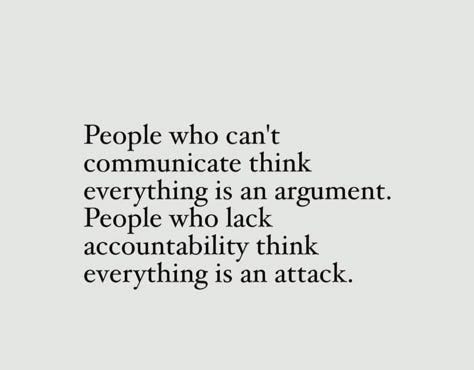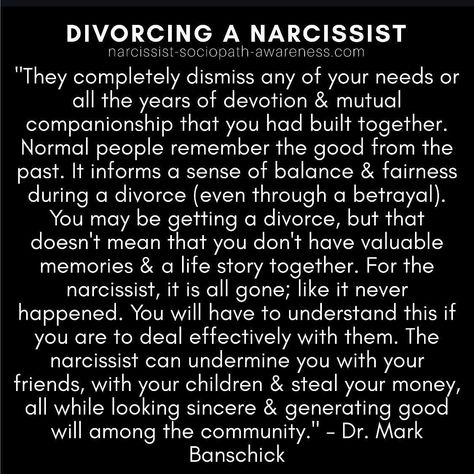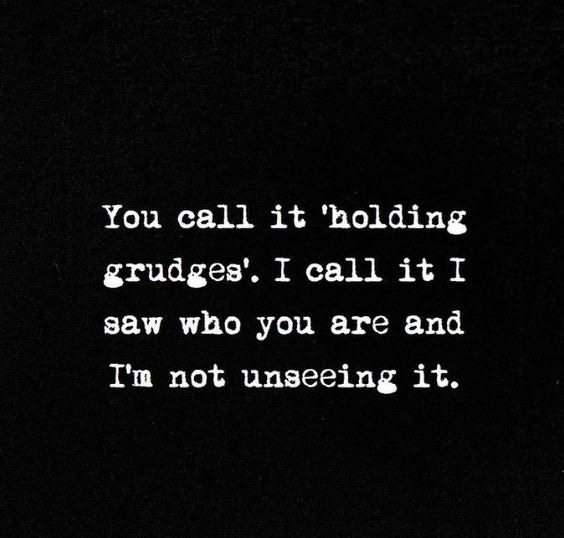In my work, I support people navigating high-conflict divorces and recovering from emotional abuse.
Many of my clients are just beginning to find the words for what they’ve endured. They know something was deeply wrong, but until now, they haven't had the language—or the validation—to articulate it.
This journey is about healing and survival. It’s about learning how to communicate their experience in a way that family courts will take seriously—while walking into absolute hell. They are at their most vulnerable, shattered, and emotionally drained, yet they are expected to be composed, logical, and airtight in their evidence.
A core part of my work is helping clients put coercive control into words: what it looks like, how it feels, and why it matters.
Unlike physical abuse, coercive control remains largely invisible in family law—even in jurisdictions where laws against it exist. While criminal courts are slowly starting to acknowledge it, family courts continue to act as if it doesn’t exist despite many states having laws making coercive control illegal.
This gap isn’t just frustrating—it’s dangerous. It means survivors are forced to co-parent with their abuser, have their trauma minimized, or, in some cases, even lose custody to the very person who spent years dismantling them.
One of the biggest challenges is that most lawyers aren’t trained to recognize coercive control. They make you feel ridiculous for trying to explain the consistent patterns of abuse. Their focus remains on overt forms of abuse—physical violence, threats, or neglect—while the insidious tactics of gaslighting, isolation, and psychological manipulation often fall outside traditional legal definitions. Even where coercive control is written into law, many attorneys hesitate to raise it in court. I’ve even have a judge tell my client’s lawyer “be careful using that word in here.”
Without strong legal precedent in family cases, they fear it will be dismissed as too subjective, too intangible, or too “emotional.”
This leaves survivors left feeling unprotected, and abusers continue to manipulate the system to maintain control.
I recently worked with a client who had spent years being psychologically dismantled by her ex. But because there was no physical violence, the abuse was constantly minimized by court and family law professionals. He controlled every aspect of her life—her finances, her parenting decisions, even how she spoke about their relationship. He was always correcting her narrative of events. In court, he painted himself as the “reasonable parent” while portraying her as overly emotional and unstable. Even her lawyer hesitated to mention coercive control, even though it was so overt, it was clear even to her, yet she worried it would be dismissed. Since there were no visible marks and no reports of concern from her child’s school or doctor, the system defaulted to believing she was simply emotional.
But she wasn’t just emotional—she was being systematically discredited. Like so many survivors, she was trapped in a game designed to make her seem unreliable.
Proving this kind of abuse takes time. It requires unraveling the trauma, overcoming the fear of retaliation, and identifying the evidence that courts will actually pay attention to.
Together, we combed through years of messages, emails, and interactions. At first, it felt like an overwhelming mess—manipulation disguised as concern, control hidden in “reasonable” requests. But as we worked through it, we pulled out the moments that mattered most, the ones that demonstrated a sustained pattern of control. We structured the evidence in a way that made sense to the court—translating what she knew had happened into something legally undeniable. When her attorney finally presented it in a clear, fact-based way, the judge started to see the full picture. That was a turning point.
It took more than one hearing for the judge to see the full picture, but eventually, they did.
This is where I come in. I take an investigative approach—analyzing messages, emails, call logs, and text exchanges, pulling apart every interaction to reveal a sustained thread of control. Coercive control isn’t about one or two incidents. It’s the weight of every subtle jab, every strategic lie, every “innocent” message that was anything but. It’s the slow, methodical conditioning that makes someone doubt their own instincts and shrink into silence.
My job is to make that pattern visible. To connect the seemingly small moments into a clear, undeniable narrative.
But beyond that, I help survivors recognize what they’ve been conditioned to tolerate. Many don’t realize how deeply they’ve been trained to justify mistreatment, to minimize their own suffering, to accept the unacceptable. Trauma and self-doubt cloud judgment, making it hard to step back and see the bigger picture—especially when they’re still emotionally raw. I guide them through this process, helping them not just understand their experiences but communicate them in a way that will be taken seriously.
Because recognition is one thing. Being heard is another.
Once we’ve pieced together the full scope of coercive control, I help clients translate it into the kind of structured evidence attorneys need. Legal professionals don’t need a general sense of “something felt off”—they need a strategic, fact-based presentation of patterns and impact.
I help clients structure their experiences into a format that courts can’t dismiss, creating a framework their attorneys can use to argue for protective measures around custody, visitation, and communication—critical factors in ensuring their long-term safety and well-being.
Lately, I’ve seen a growing demand for this kind of support. While it’s devastating to witness so many people trapped in these dynamics, it’s also deeply meaningful work.
Coercive control thrives in silence, in uncertainty, in the gray areas where no one is paying attention. I know that feeling firsthand—the exhaustion of trying to explain an invisible form of abuse to people who don’t understand.
This work isn’t just about validation. It’s about action.
Forcing the Legal System to Catch Up
Ultimately, my goal is to help both survivors and the legal professionals who represent them bring coercive control to light in a way that courts can no longer ignore. The more attorneys understand the impact of abuse, the better they can advocate for their clients. And as these cases gain traction, the legal system will be forced to evolve.
Coercive control is not a “gray area.” It is not “just emotional abuse.” It is a calculated, methodical stripping away of a person’s freedom and self-worth.
And it’s time for the law to catch up—not just in theory, but in practice.
If you need support, you don’t have to do this alone.
If you’re navigating a high-conflict divorce, co-parenting with an abuser, or struggling to make your experience of coercive control understood in court, I can help.
My work is designed to bridge the gap between your reality and what the legal system recognizes. Through one-on-one coaching, documentation strategy, and expert guidance on family court dynamics, I equip survivors with the tools they need to advocate for themselves, regain a sense of control, and protect their future.
Whether you need help identifying patterns of coercive control, organizing your communication records, or preparing to present your case effectively, I’m here to support you.
You deserve to be heard. You deserve to be protected. And you deserve a legal strategy that actually works for you.
Visit high-conflictdivorcecoaching.com to learn more about how we can work together.
If you are looking for some other support, I offer courses here: https://jessicaknight.thinkific.com/collections








